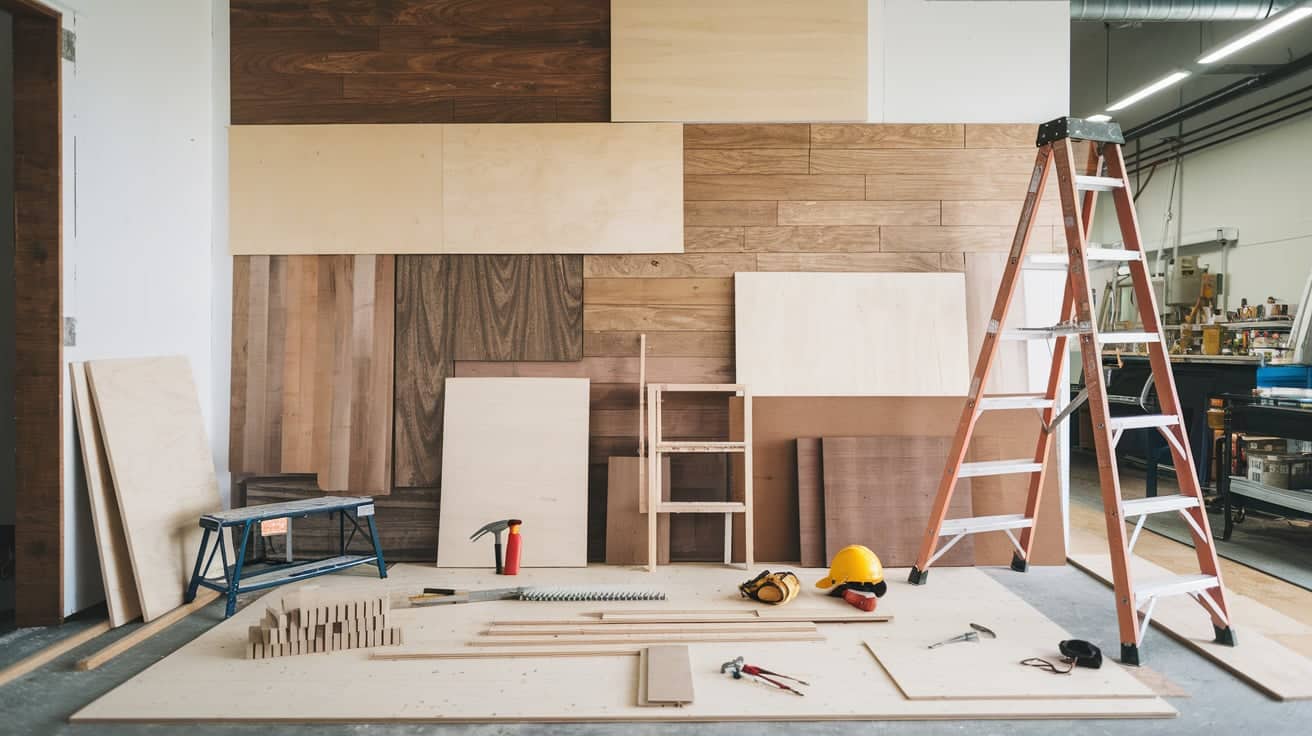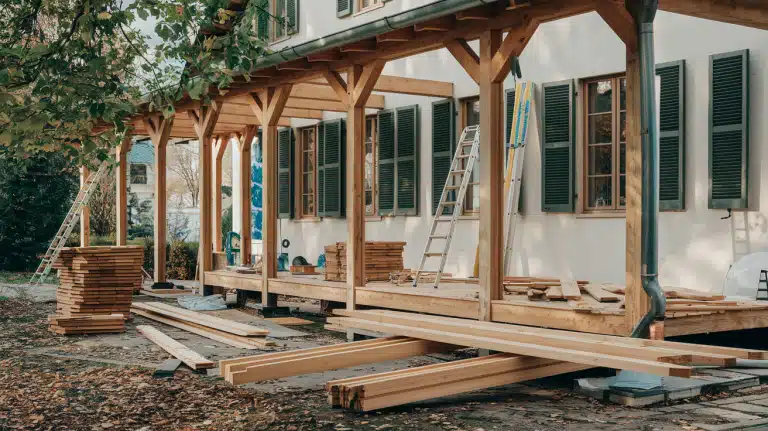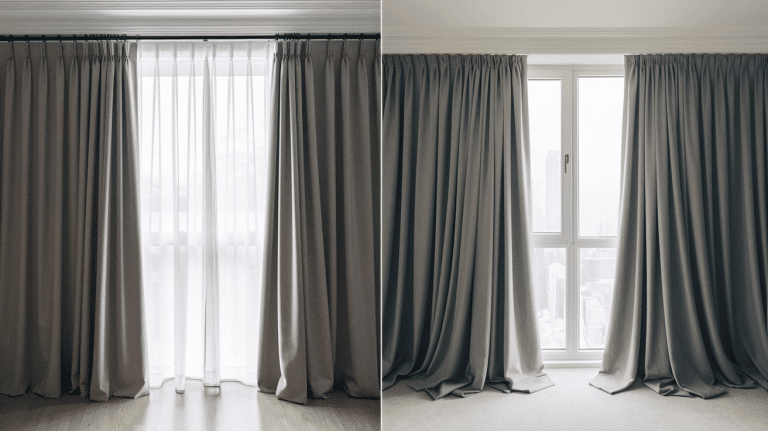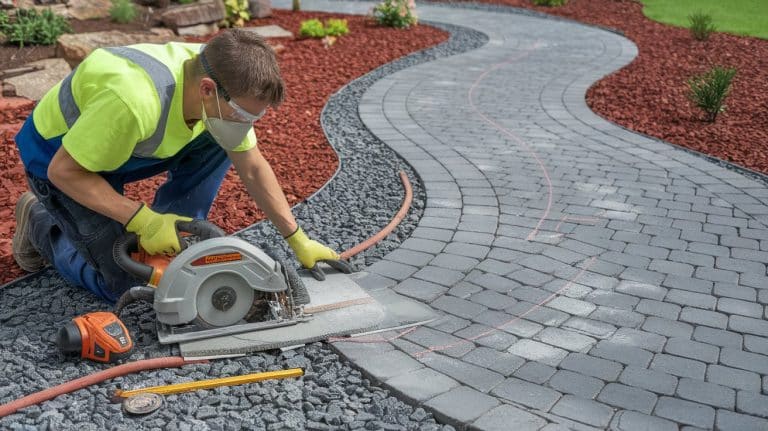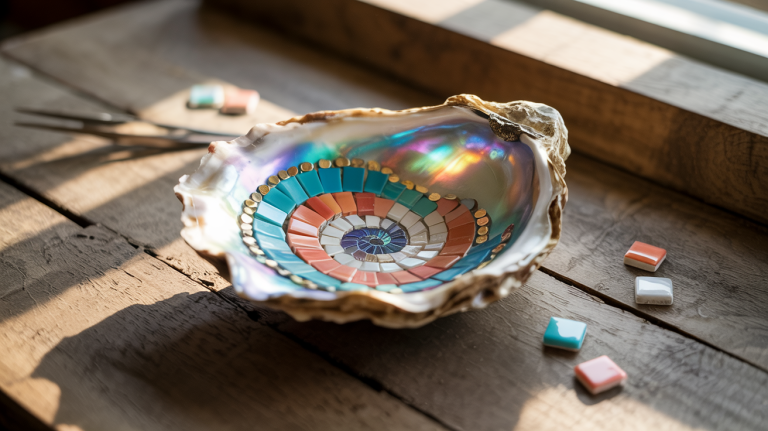Wall Paneling Simplified: A Quick DIY Guide
Are you looking to update your walls but feeling stuck with plain paint?
I get it. When I first moved into my home, those blank walls felt overwhelming, and regular paint didn’t do the trick.
Here’s some good news: wall panels offer a simple solution that can completely transform the way your space feels.
I’ve spent months testing different panel styles in various rooms, and I can tell you firsthand that this affordable option makes a big impact without requiring expert skills.
In this guide, I’ll walk you through 10 practical wall panel ideas that work in any home. You’ll discover everything from measuring and material selection to installation tips and final touches.
When you finish reading, you’ll have the know-how to confidently tackle your wall panel project.
Let’s get started.
Tools Required for DIY Wall Paneling
| Tool | Purpose | Quantity |
|---|---|---|
| Measuring Tape | To measure the dimensions accurately | 1 |
| Level | To ensure panels are straight and level | 1 |
| Pencil | To mark guidelines for cutting and installation | 1 |
| Miter Saw | To make precise angled cuts | 1 |
| Jigsaw | To cut intricate designs or openings | 1 |
| Nail Gun | To attach panels securely to the wall | 1 |
| Hammer | To manually drive nails if required | 1 |
| Screwdriver | To drive screws for reinforcement | 1 |
| Sandpaper/Sander | To smoothen edges and surfaces | As needed |
| Caulking Gun | Apply adhesive or caulk to seal gaps | 1 |
| Paintbrush/Roller | To apply paint or stain | 1 |
| Stud Finder | To locate wall studs for secure mounting | 1 |
| Clamps | To hold panels in place while securing | As needed |
| Utility Knife | To trim excess material or cut wallpaper | 1 |
Materials Required for DIY Wall Paneling
| Material | Purpose | Quantity |
|---|---|---|
| Wall Panels | The main component for paneling | As required (based on wall size) |
| Adhesive | To attach panels to the wall securely | As required |
| Nails/Screws | For additional secure attachment | As required |
| Wood Filler | To fill gaps or imperfections in the panels | 1 container |
| Caulk | To seal edges and gaps | 1 tube |
| Primer | To prepare the surface for painting | 1 can |
| Paint/Stain | For finishing and aesthetic appeal | 1 can |
| Trim Molding | To add decorative edges | As required |
| Backing Board | To provide a smooth backing if needed | As required |
| Sandpaper | To smooth surfaces before finishing | As needed |
| Wood Glue | To reinforce joints and attachments | As needed |
| Painter’s Tape | To mask areas before painting | 1 roll |
Step-by-Step Guidance
Step 1: Wall Preparation and First Row
Gather your 3.5-foot MDF sheets. Apply a generous amount of wood adhesive to the back of each sheet, covering the entire surface.
Place the first sheet against the wall, checking with a level to ensure it’s straight.
Continue adding sheets side by side, using your trim piece as a spacer between each panel. This creates consistent gaps and maintains a professional appearance.
Step 2: Second Row Installation
After your first row is firmly in place, begin the second row of MDF sheets. Apply adhesive to each sheet as before.
Line them up carefully with the first row, maintaining equal vertical and horizontal spacing.
The trim spacer becomes essential here to keep the pattern uniform. Press each sheet firmly against the wall to ensure good adhesion.
Step 3: Small Square Creation
For the second column pattern, cut your MDF into 10-inch-high pieces.
These smaller sections create visual interest and break up the wall’s uniformity. Place these pieces using the same spacing technique as your trim guide.
This step requires careful measurement and placement to maintain the pattern’s symmetry.
Step 4: Top Row Placement
Install your final row of MDF panels at the top. This row completes the vertical height of your paneling.
Ensure these pieces align perfectly with the lower sections, using your level frequently to maintain straight lines.
The top row serves as the foundation for your shelf, so proper alignment is crucial.
Step 5: Shelf Creation
Apply a thick line of adhesive along the entire top edge of your final MDF row.
Carefully place your prime strip wood (½ inches × 2 inches) along this adhesive line.
This creates a functional shelf lip that can hold small decorative items. Press firmly and check for level placement.
Step 6: Decorative Elements
Install decorative molding beneath the shelf lip.
This addition serves two purposes: it provides extra support for the shelf and gives the top of your paneling a finished look.
Secure the molding carefully, ensuring it sits flush against the wall and shelf.
Step 7: Surface Preparation
Once all adhesives have dried completely, address any gaps or imperfections.
Apply wood filler to all joints, seams, and nail holes. Work the filler deep into any gaps with your finger. This technique ensures better coverage than using tools.
Allow the wood filler to dry completely according to package instructions.
Step 8: Finishing
After the wood filler has dried, sand all filled areas until smooth, paying special attention to seams and joints. Then, thoroughly vacuum to remove all dust.
This step is crucial for achieving a smooth, professional-looking paint finish.
Step 9: Painting
Apply your chosen paint color (such as the Dried Sage used in this project) evenly to all surfaces. Start at the top and work your way down.
Use smooth, consistent strokes to avoid drips and ensure even coverage. Multiple thin coats often work better than one thick coat.
Step 10: Hook Installation
Complete your project by adding functional hooks.
Plan their placement carefully, considering the items you’ll hang. Apply adhesive to the back of each hook, position it on the wall, and secure it with screws. Make sure the hooks are level and properly spaced for your needs.
Video tutorial
Check out this YouTube video for a detailed step-by-step tutorial on making an easy wall panel.
Tips and Tricks
1. Spacing Consistency: Use a spare trim piece as a spacing guide throughout the project to maintain uniform gaps between panels.
2. Wood Filler Application: Apply wood filler with your finger instead of tools. This helps push the material deeper into cracks and creates better coverage.
3. Drying Time: Allow sufficient drying time between applying wood filler, caulk, and paint for the best results.
4. Hook Placement: Plan hook positions carefully before installation to ensure they’re at useful heights and spaces for leashes, bags, and jackets.
5. Clean As You Go: Vacuum and clean surfaces between steps to ensure paint and adhesives bond properly to the materials.
6. Material Selection: Choose MDF thickness based on your wall’s needs – 6mm provides good stability without being too heavy for adhesive mounting.
Maintenance of Wall Panels
Keeping your wall paneling looking fresh requires regular care. Here’s what you need to do:
1. Dust Management
Use a soft, dry cloth or microfiber duster weekly to remove surface dust. Pay extra attention to the shelf lip and decorative molding, where dust tends to gather.
2. Cleaning Protocol
Clean the panels every 3-4 months with a slightly damp cloth. Avoid using harsh cleaning products that might damage the paint finish. Pat dry immediately with a clean cloth to prevent water damage to the MDF.
3. Paint Touch-ups
Keep leftover paint for quick touch-ups. Small scuffs can appear from daily use, especially around hooks and high-traffic areas. Store paint in a sealed container in a cool, dry place.
4. Hardware Check
Monitor hooks and fixtures monthly. Tighten any loose screws and check the adhesive bonds. Replace any damaged hardware promptly to prevent wall damage.
Common Mistakes
1. Improper Spacing
Failing to use consistent spacing guides leads to uneven gaps. Always use a proper spacing tool throughout the entire installation process.
2. Skipping Surface Prep
Not cleaning walls before installation affects adhesion. Before starting, remove dirt, repair holes, and ensure the walls are completely dry.
3. Poor Planning
Do not start by measuring the total wall space or calculating the panel needs. Instead, map out your design and account for outlets, switches, and corners beforehand.
4. Rushed Drying Time
Moving too quickly between steps can cause problems. According to the product instructions, let the adhesives, wood filler, and paint dry completely.
5. Inadequate Tools
Using makeshift tools instead of proper equipment. Invest in basic tools like levels, measuring tapes, and proper cutting equipment.
Conclusion
Wall panels bring fresh life to any room without breaking the bank.
This guide shares my experiences and practical tips for creating beautiful, lasting wall designs.
The key takeaway? Anyone can install wall panels successfully.
Although the process might seem daunting initially, it becomes manageable and enjoyable when broken down into simple steps.
From careful planning and measuring to the final coat of paint, each step builds toward a finished product you’ll appreciate daily.
Remember, success lies in the details, such as taking time to prep your walls, using the right adhesives, and following the measurements precisely.
Whether you choose a simple design or an intricate pattern, your efforts will result in walls that tell your story and reflect your style.

